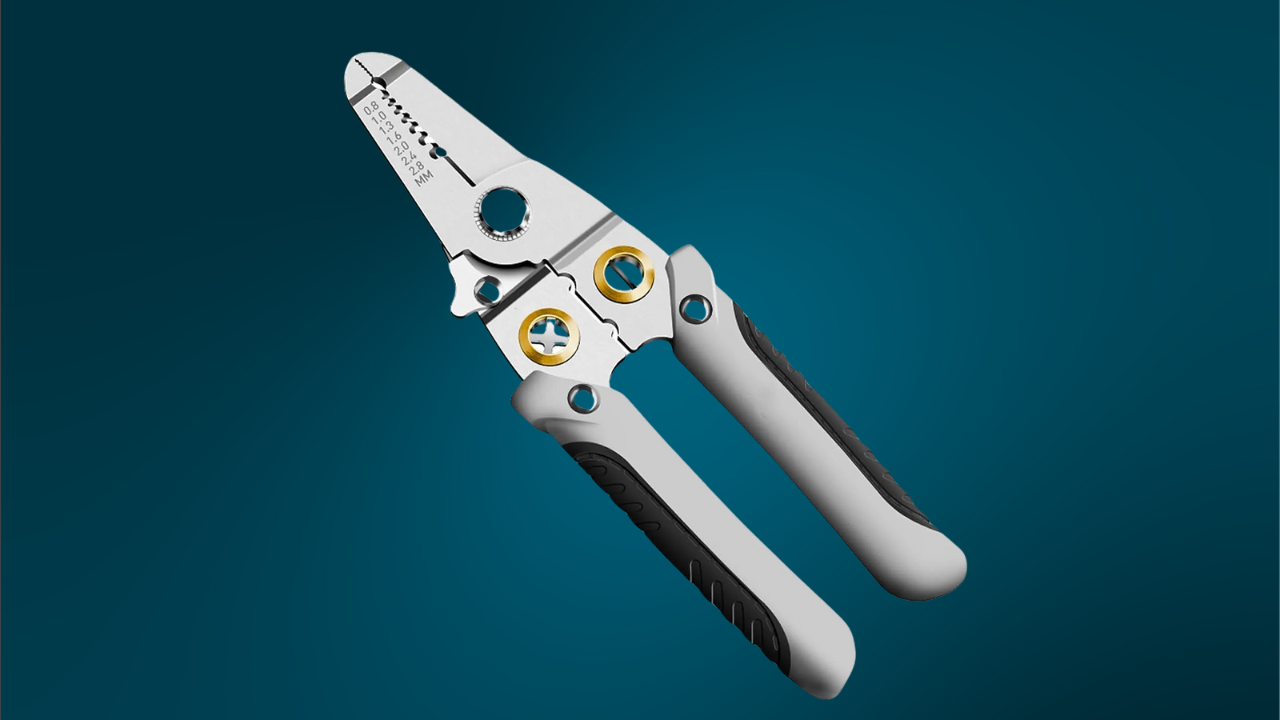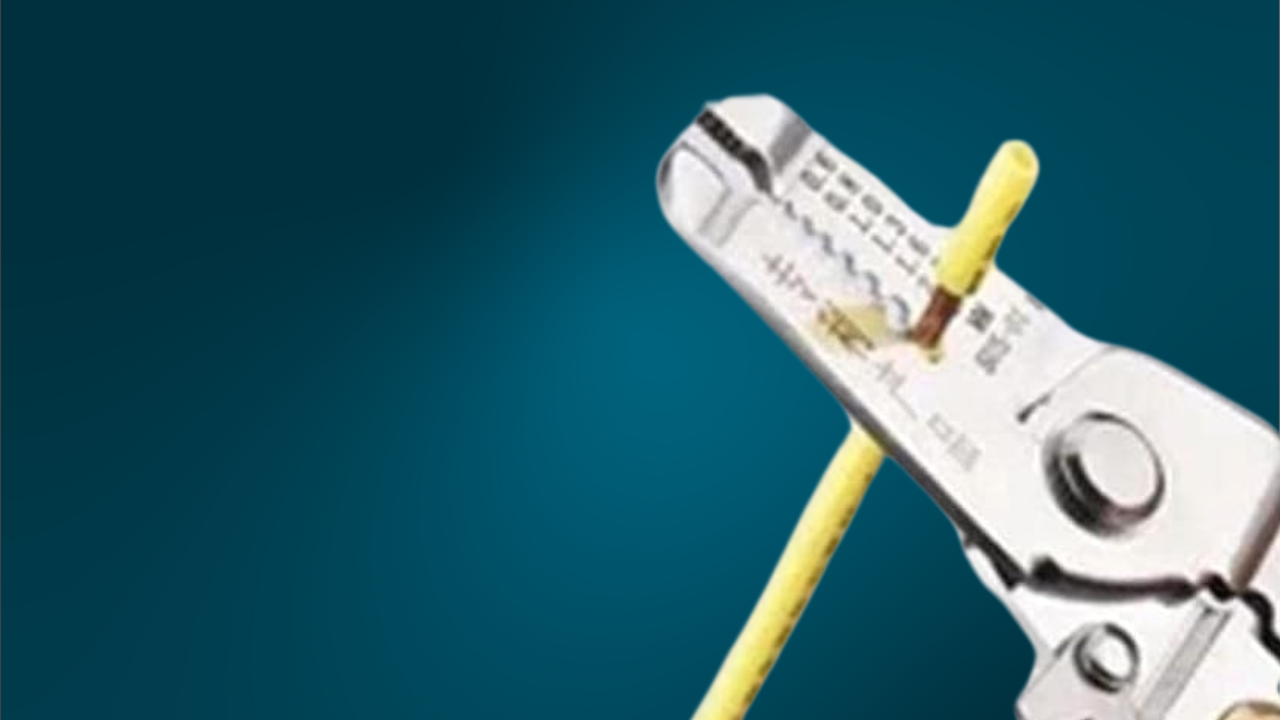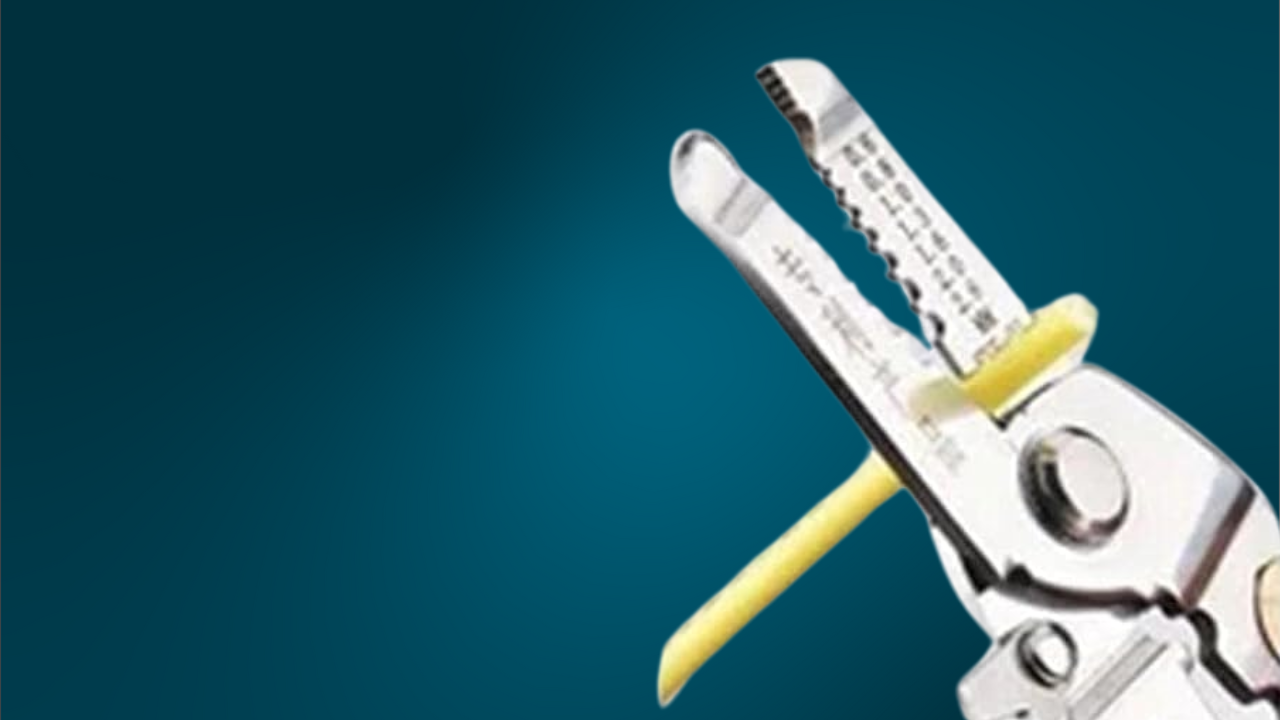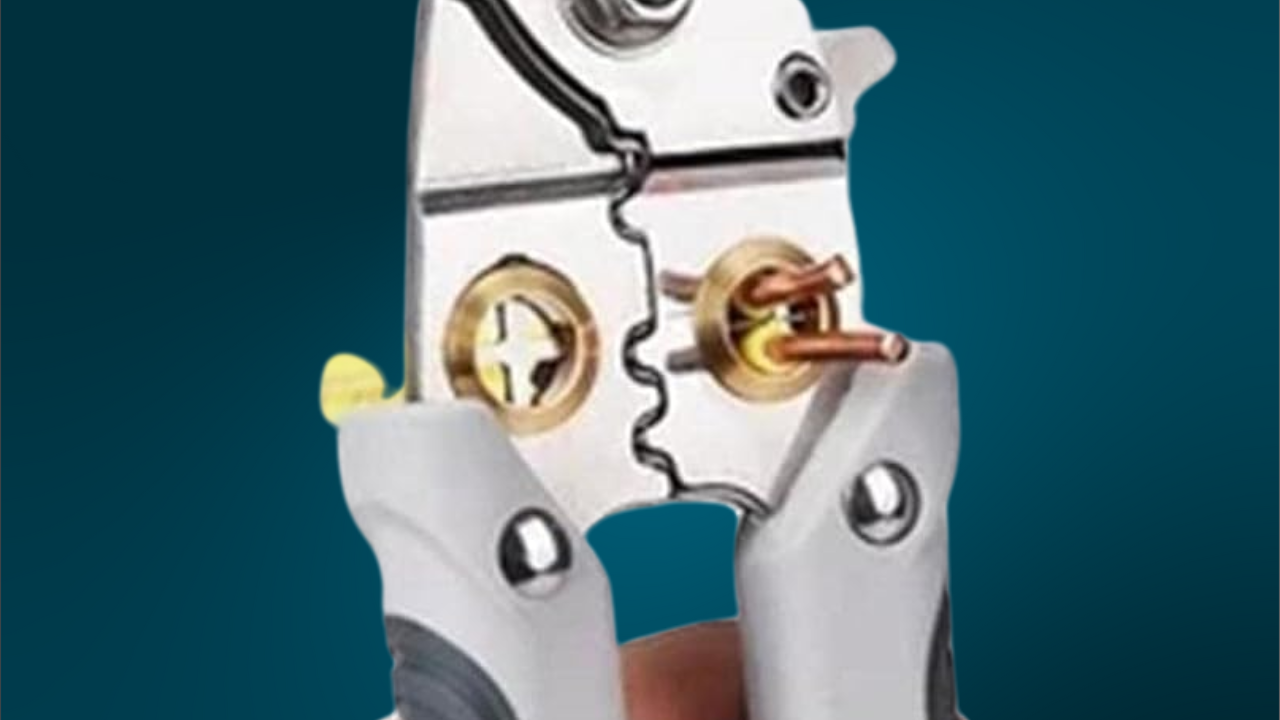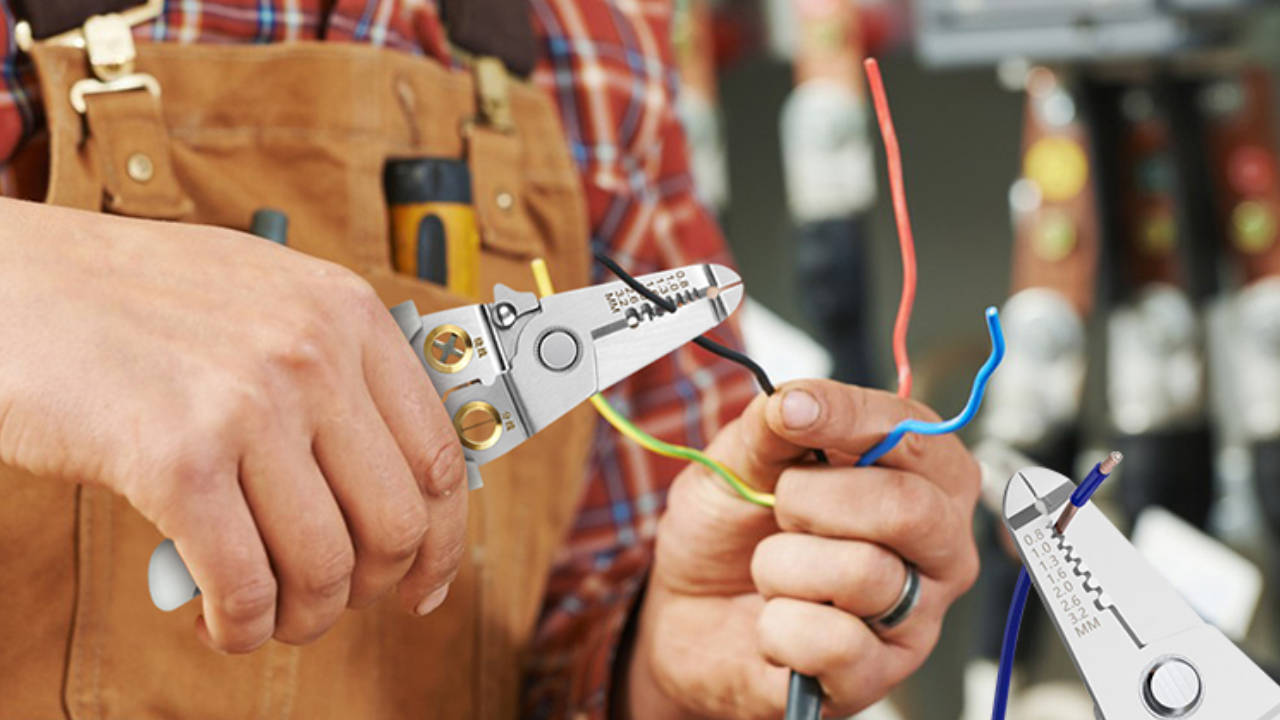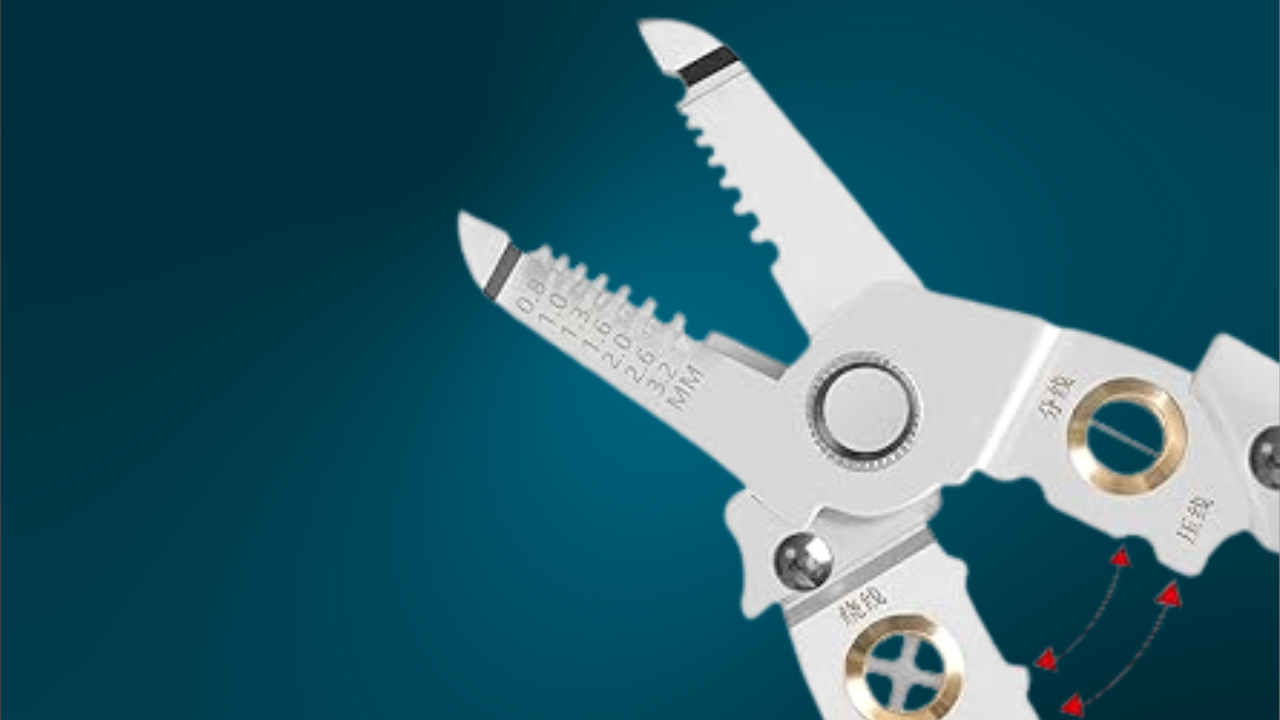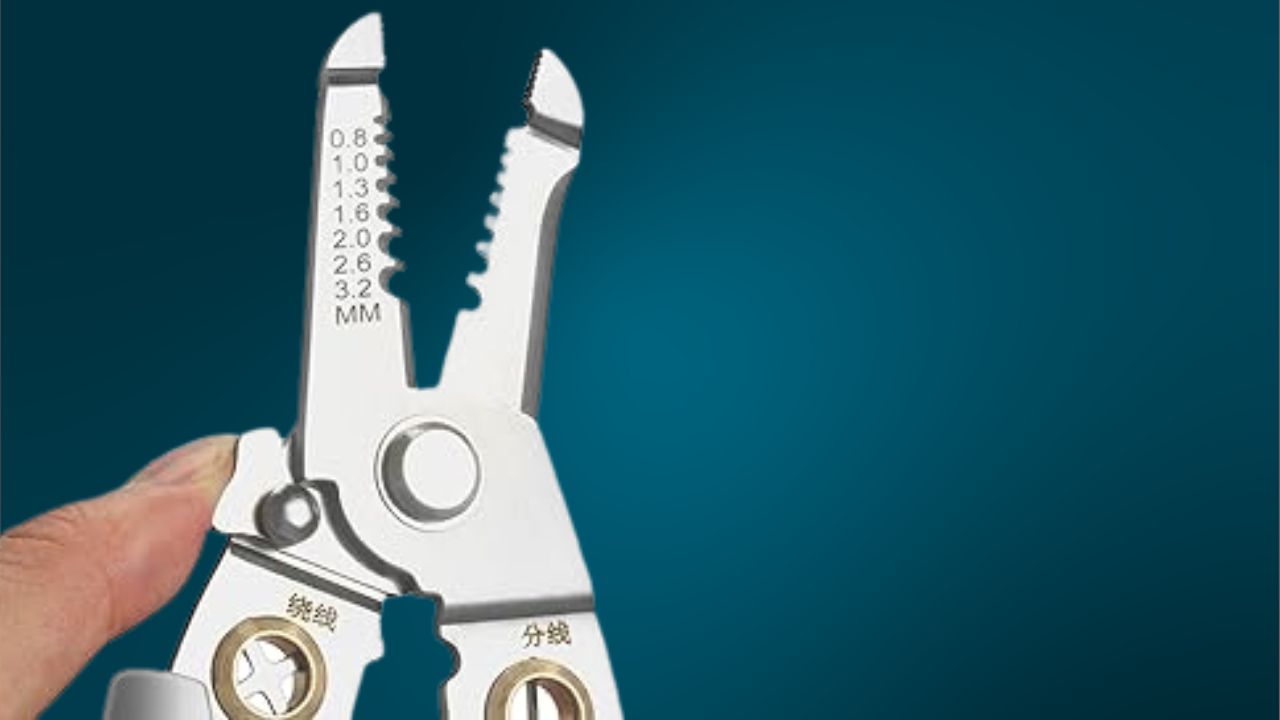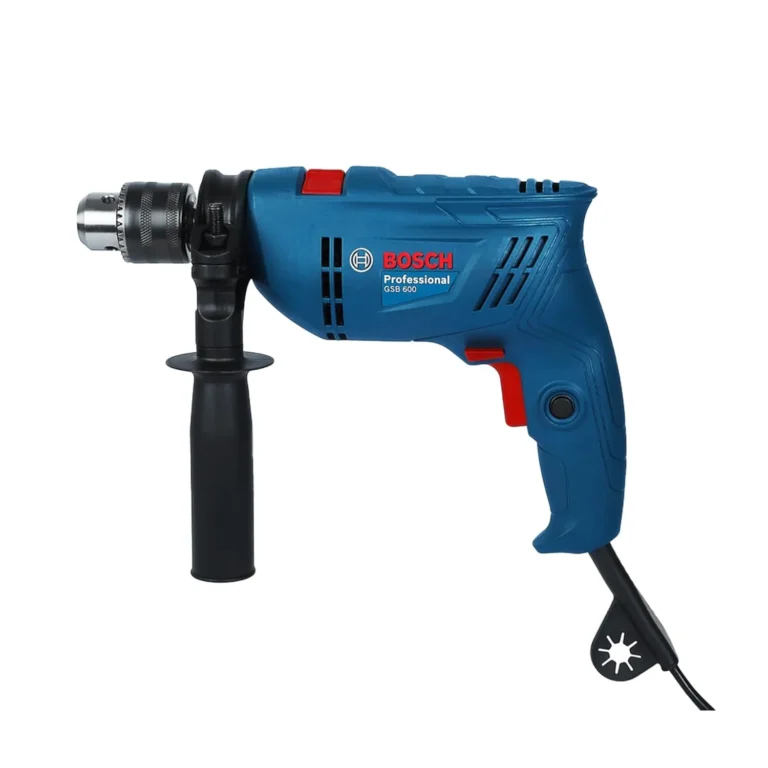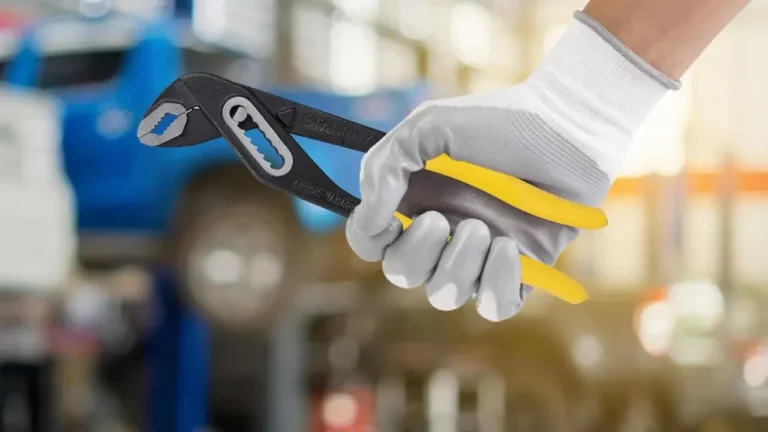Wire stripper cutters are essential tools for both professional electricians and DIY enthusiasts. These versatile instruments are designed to remove the insulation from electrical wires, allowing for proper connections and enhancing the overall efficiency of any wiring project. Understanding the significance, functionality, and variety of these tools is paramount for anyone involved in electrical work.
Introduction to Wire Stripper Cutters
Wire stripper cutters are essential tools for both professional electricians and DIY enthusiasts. These versatile instruments are designed to remove the insulation from electrical wires, allowing for proper connections and enhancing the overall efficiency of any wiring project. Understanding the significance, functionality, and variety of these tools is paramount for anyone involved in electrical work.
These wire stripping tools operate through various mechanisms to ensure precise removal of insulation without damaging the wire itself. The most common types include manual wire strippers, automatic wire strippers, and multi-tool wire strippers. Manual wire strippers require the user to physically apply pressure to strip the wire, while automatic strippers provide a more user-friendly approach by automatically adjusting to the wire gauge and stripping without much effort. Multi-tool versions combine several functions such as cutting, crimping, and stripping, catering to a wide array of electrical tasks.
The importance of wire stripper cutters in DIY and electrical projects cannot be overstated. Properly stripped wires ensure effective electrical connections, which contribute to the overall safety and reliability of any electrical installation. Incorrect stripping can result in poor connections, leading to short circuits, electrical fires, or equipment failure. Thus, investing in a good quality wire stripper cutter is crucial for achieving professional results, regardless of whether the project involves simple household repairs or more complex electrical installations.
In conclusion, wire stripper cutters are indispensable tools for those engaged in wiring tasks. With a range of options available, from manual to automatic and multi-functional models, there is a wire stripper cutter suitable for everyone’s needs. Understanding their functionalities and importance will guide users in choosing the right tool, facilitating successful DIY projects and safe electrical work.
Features and Specifications of the Wire Stripper Cutter
The wire stripper cutter is an essential tool for both amateur DIY enthusiasts and seasoned professionals. Its design and build quality play significant roles in ensuring user satisfaction and efficiency. A key feature of this tool is its ergonomic design, which allows for comfortable handling during extended use. The handles are often rubberized, providing a secure grip that reduces fatigue and increases precision, especially when stripping multiple wires in succession.
Another exemplary feature of the wire stripper cutter is its adjustable stripping sizes. This functionality is particularly beneficial, allowing users to tailor the stripping width according to the gauge of wire they are working with. The precision blades are designed to cleanly strip insulation without damaging the copper or aluminum conductor beneath, which is crucial for maintaining the integrity of the electrical connection. Additionally, the tool’s cutting capabilities are robust; many models feature a hardened cutting edge that can effortlessly slice through various wire types, including multi-stranded or solid wire.
Safety is paramount when handling electrical tools, and many wire stripper cutters come with built-in safety features. These may include a locking mechanism that secures the blades when not in use or a dedicated safety guard to prevent accidental injuries during operation. Some advanced models also include integrated wire grips or shearing mechanisms that enhance user safety by minimizing the risk of slips or cuts. Lastly, the overall build quality of these tools is typically a combination of durable metals and high-grade polymers, ensuring that they can withstand the rigors of daily use without compromising performance.
Performance and User Experience
The performance of a wire stripper cutter is arguably the most critical aspect for any DIY enthusiast. Evaluating its effectiveness requires examining its ability to strip wires of various gauges and types, as well as assessing the precision it offers during cutting tasks. Most quality wire stripper cutters are designed to accommodate a range of wire sizes, typically from 10 to 22 AWG, allowing users to handle diverse electrical projects with confidence. When properly utilized, these tools effectively remove the insulation without damaging the underlying metal, a characteristic that speaks volumes about their engineering and design.
User experience plays a significant role in understanding the practical benefits and drawbacks of a wire stripper cutter. Many customers report that ergonomic handles significantly enhance comfort during prolonged use, reducing hand fatigue and improving overall efficiency. Features like adjustable tension systems can further help in customizing the stripping process based on wire size, ensuring optimal performance. Additionally, devices equipped with built-in features such as crimping tools or cutting blades often receive positive feedback for their versatility, allowing for a series of tasks to be performed without needing multiple tools.

